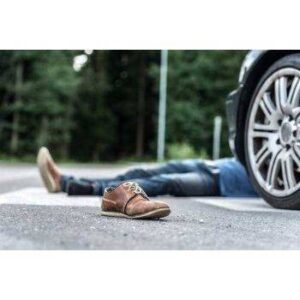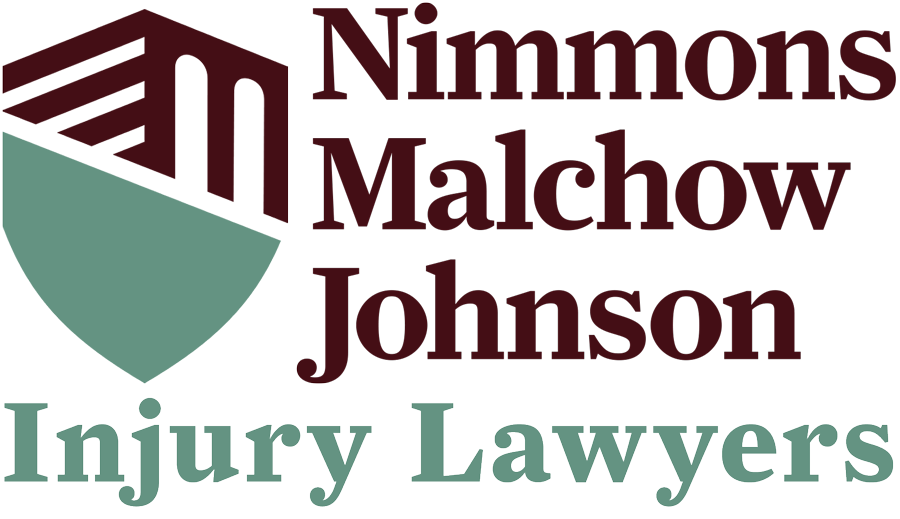Walking is a fundamental means of transportation for many people in urban areas of South Carolina. Whether it’s for commuting to work, running errands, or simply enjoying a leisurely stroll, pedestrians play a crucial role in the vibrant fabric of city life. However, the increasing number of pedestrian accidents and fatalities in recent years highlights the pressing need for improved pedestrian safety measures. In this article, we will explore the challenges faced by pedestrians in urban areas of South Carolina and discuss potential solutions to enhance their safety.
Lack of Infrastructure:
One of the significant challenges for pedestrian safety in urban areas is the lack of proper infrastructure. Many cities in South Carolina were designed primarily for vehicular traffic, often neglecting the needs of pedestrians. Insufficient sidewalks, poorly maintained crosswalks, and inadequate lighting make it dangerous for pedestrians to navigate busy streets. Additionally, the absence of designated bicycle lanes and pedestrian-friendly infrastructure further compounds the risks faced by walkers.
Solution: To address these infrastructure challenges, it is crucial for city planners and authorities to prioritize pedestrian safety. Investments in creating and maintaining well-designed sidewalks, installing adequate lighting, and implementing traffic-calming measures can significantly improve safety for pedestrians. Moreover, the inclusion of dedicated bike lanes can enhance the overall walking experience and reduce the risk of accidents.
Distracted Driving:
Distracted driving has become a major concern for pedestrian safety. With the widespread use of smartphones and other electronic devices, drivers often pay more attention to their screens than the road ahead. This distracted behavior increases the likelihood of accidents involving pedestrians. Texting, talking on the phone, or using social media while driving can have devastating consequences for walkers sharing the road.
Solution: Public awareness campaigns emphasizing the dangers of distracted driving can help educate drivers about the importance of staying focused on the road. Enforcing stricter penalties for distracted driving and implementing technological solutions, such as hands-free devices and phone-blocking features, can discourage drivers from engaging in risky behaviors.
Speeding and Reckless Driving:
Speeding and reckless driving pose a significant threat to pedestrian safety. Excessive speeds make it difficult for drivers to stop in time when encountering pedestrians, and reckless maneuvers increase the likelihood of accidents at intersections and crosswalks. The combination of these dangerous driving behaviors puts pedestrians at higher risk of severe injuries or even fatalities.
Solution: Strict enforcement of speed limits and the implementation of traffic-calming measures, such as speed bumps and traffic circles, can help reduce speeding and reckless driving in urban areas. Conducting regular traffic enforcement operations and increasing police presence in high-risk areas can serve as deterrents to dangerous driving behaviors.
Inadequate Pedestrian Education:
Lack of pedestrian education is another challenge that contributes to unsafe conditions for walkers. Many pedestrians, especially children and newcomers to urban areas, may not be aware of the proper safety practices, such as using crosswalks, obeying traffic signals, or making eye contact with drivers before crossing the street. This lack of knowledge can put them at greater risk of accidents.
Solution: Implementing comprehensive pedestrian education programs in schools and community centers can help raise awareness about pedestrian safety. These programs should educate individuals about the importance of following traffic rules, identifying safe crossing locations, and maintaining situational awareness while walking. Additionally, campaigns targeting both drivers and pedestrians can help foster a culture of mutual respect and responsibility on the roads.
Poor Street Lighting:
Insufficient street lighting is another challenge that affects pedestrian safety, especially during nighttime. Dimly lit streets and intersections make it difficult for drivers to see pedestrians, increasing the risk of accidents. Additionally, inadequate lighting can create a sense of insecurity for walkers, discouraging them from venturing out after dark.
Solution: Improving street lighting in urban areas is crucial for enhancing pedestrian safety. Cities should conduct thorough assessments of lighting needs and prioritize the installation and maintenance of adequate streetlights, particularly in high pedestrian traffic areas. Well-lit streets not only improve visibility for drivers but also create a safer environment that encourages more people to walk confidently at night.
Limited Accessibility for People with Disabilities:
Urban areas must be accessible to all individuals, including those with disabilities. However, many South Carolina cities still face challenges in providing safe and accessible infrastructure for pedestrians with mobility impairments. Insufficient curb cuts, inaccessible crosswalks, and lack of ramps or elevators at public transportation stops can make it incredibly challenging for individuals with disabilities to navigate the city streets.
Solution: Enhancing accessibility for pedestrians with disabilities requires a commitment to inclusive design and adherence to accessibility standards. Cities should conduct comprehensive audits of pedestrian infrastructure to identify barriers and prioritize their removal. This includes ensuring properly constructed curb ramps, installing audible pedestrian signals, and providing accessible crosswalks. Collaboration with disability advocacy groups can provide valuable insights and guidance in creating accessible urban environments.
Inadequate Enforcement of Traffic Laws:
Enforcement of traffic laws plays a crucial role in promoting pedestrian safety. However, inconsistent enforcement or lack of resources dedicated to traffic enforcement can lead to a disregard for traffic rules, endangering pedestrians. Violations such as failure to yield to pedestrians, running red lights, and illegal parking in pedestrian zones contribute to unsafe conditions.
Solution: Strengthening traffic law enforcement efforts is essential to improve pedestrian safety. Allocating adequate resources to traffic police departments, conducting regular traffic enforcement campaigns, and implementing automated traffic enforcement systems can help deter dangerous driving behaviors. Strict penalties and fines for traffic violations should be enforced consistently to ensure compliance with traffic laws and protect pedestrians.
The challenges of pedestrian safety in urban areas of South Carolina are complex and require a comprehensive approach to address them effectively. By focusing on improving infrastructure, combating distracted and reckless driving, promoting pedestrian education, enhancing street lighting, ensuring accessibility for all individuals, and enforcing traffic laws, we can create safer and more walkable cities.
At Nimmons Malchow Johnson Injury Lawyers, we are dedicated to raising awareness about pedestrian safety and advocating for the rights of those who have been injured in pedestrian accidents. If you or a loved one have suffered harm due to negligence, contact us for legal assistance. Our experienced team is committed to providing compassionate support and fighting for the justice and compensation you deserve.
Together, let’s work towards making urban areas of South Carolina safer for pedestrians, ensuring that everyone can enjoy the benefits of walking as a sustainable and healthy mode of transportation. By prioritizing pedestrian safety, we can create vibrant and inclusive communities where everyone can thrive.
